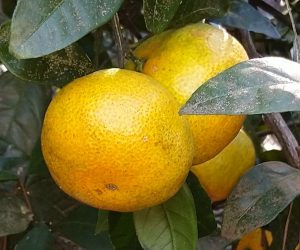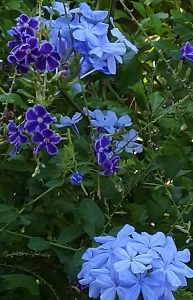I feel more confident than ever that the power to save the planet rests with the individual consumer.
– Denis Hayes

Who would have thought clothing choice could have a profound effect upon the planet? But, it does! Synthetic fiber is responsible for 70% of microplastics found in the oceans. Take a deep breath — you’ve just inhaled microplastic fibers! So Mr. and Ms. Consumer, start making natural fiber choices such as cotton, linen, and wool. Organic choices would be even better. Your grandchildren will appreciate your efforts. Learn more about microplastics at the following link









